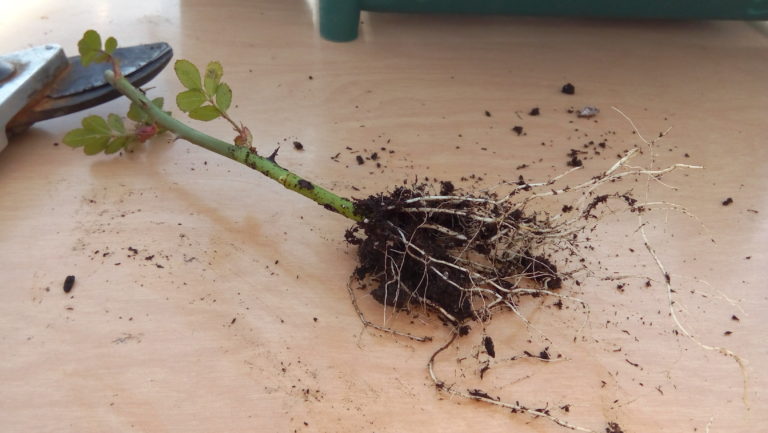Grow Roses From Cuttings
Many garden-worthy varieties of roses are in danger of disappearing. I could give a long rant about the reasons why – but it really is as simple as this: for various reasons, even wonderful roses can fall out of fashion. Sales fall below a certain level and the big nurseries can’t make money propagating them…


